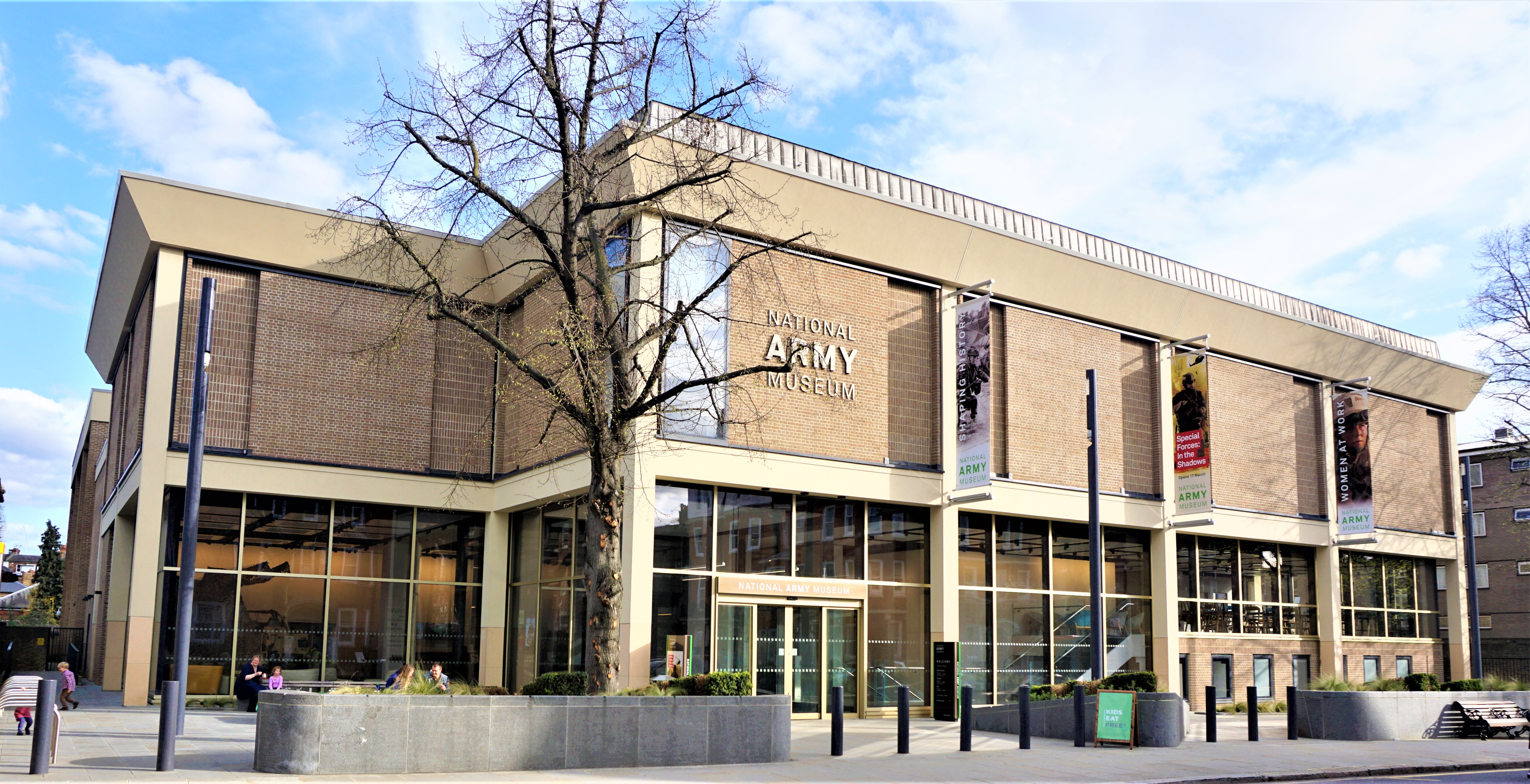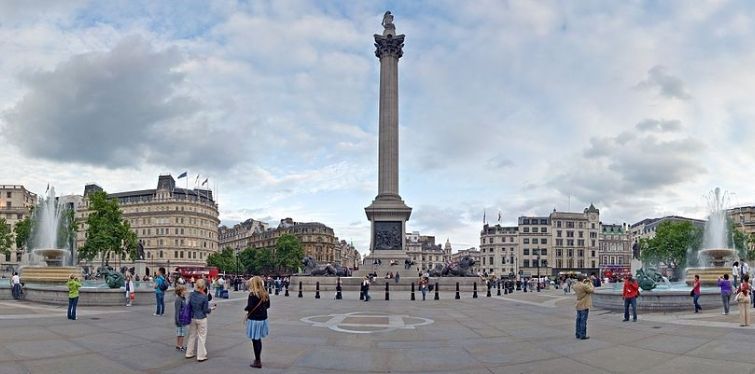The United Kingdom is set to lift all covid restrictions on 19 July, although heritage sites and museums have been open for more than a month already. With this in mind, here are some Napoleonic sites worth visiting in London.
Nelson’s Column
Trafalgar Square
Underground station: Charing Cross
Nelson’s Column in Trafalgar Square is one of London’s iconic sights. Built in the 1840s, the column commemorates Vice Admiral Viscount Horatio Nelson, Britain’s greatest naval hero. The monument was initially financed by public donations and Tsar Nicholas I of Russia was one of the largest donors. A 5.5 metre high statue of Nelson stands on top of a Corinthian column. The pedestal is decorated with four bronze reliefs depicting the Battle of Cape St Vincent, the Battle of the Nile, the Battle of Copenhagen, and Nelson’s Death at Trafalgar.
You might also be interested in visiting the National Gallery next door to see J. M. W. Turner’s Fighting Temeraire, which was voted Britain’s favourite painting in 2005. The painting depicts the final journey of HMS Temeraire, which had been in the thick of the fighting at Trafalgar, as it was being towed to the breaker’s yard in 1838.
Apsley House
149 Piccadilly
Underground station: Hyde Park Corner

While Trafalgar Square is very much dedicated to Nelson, the Duke of Wellington reigns supreme around Hyde Park Corner. In 1817 Arthur Wellesley, 1st Duke of Wellington purchased Apsley House from his brother Richard, and the house remains the London residence of the Dukes of Wellington. Extensive renovations were carried out by the architect Benjamin Dean Wyatt in 1819 and 1828. The house had been the first house on the north side of Piccadilly and was thus known as ‘Number One, London.’
Apsley House includes artworks of leading figures of the Napoleonic era, including the large nude statue of Napoleon as Mars the Peacemaker in the stairwell gifted to him by the Prince Regent. Visitors can also see many trophies of war and gifts to the Duke by grateful allies. The House also boasts one of Britain’s most impressive art collections. The core of the collection are the paintings Wellington captured from King Joseph Bonaparte’s baggage train following the Battle of Vitoria in 1813. The Duke sought to return the paintings to King Ferdinand VII on more than one occasion but was asked to keep them.
https://www.english-heritage.org.uk/visit/places/apsley-house/
Wellington Arch
Hyde Park Corner
Underground station: Hyde Park Corner

Situated in the middle of a busy traffic island at Hyde Park Corner, Wellington Arch was built in the 1820s as an outer gateway to Buckingham Palace along Constitution Hill. It acquired its current moniker when a large equestrian statue of Wellington by Matthew Cotes Wyatt was placed on top of the Arch in 1846. When the arch was dismantled and re-erected at its current site in the 1880s, the controversial statue was removed and taken to Aldershot. The top of the arch remained empty until a bronze quadriga was installed in 1912.
The Arch is open to visitors and is managed by English Heritage. Inside there is an exhibition about the Battle of Waterloo with an audiovisual display. Visitors can also access the terrace on the top of the arch to get a panoramic view of London. There is also a small exhibition about how the Arch was built and then transported piece by piece to its current site.
https://www.english-heritage.org.uk/visit/places/wellington-arch/
St Paul’s Cathedral
St Paul’s Churchyard
Underground station: St Paul’s

St Paul’s Cathedral is another prominent London landmark. The current incarnation was built by Sir Christopher Wren following the Great Fire of 1666. Many famous historical figures are buried within its crypt, including both Nelson and Wellington. After arriving in England, Nelson’s body was placed in a lead coffin, which was in turn placed in a wooden coffin carved from the mast of L’Orient, the French flagship sunk at the Battle of the Nile. On 9 January 1806 following a four hour service at St Paul’s the remains were interred within a sarcophagus originally intended for Cardinal Wolsey. When Wellington died almost half a century later in 1852, he was also given a state funeral and buried not far from Nelson.
National Army Museum
Royal Hospital Road
Underground station: Sloane Square

The National Army Museum is located in Chelsea near the Royal Hospital. As the name suggests, the museum’s collection and exhibits cover the entire history of the British army, extending far beyond the Napoleonic era. The museum has a diorama of the Battle of Waterloo, but perhaps the most interesting item in the collection associated with the Napoleonic era is the skeleton of Napoleon’s horse Marengo. The horse had been captured at Waterloo and spent its final days out to pasture in England, dying in the 1830s.



Share and get 15% off!
Simply share this product on one of the following social networks and you will unlock 15% off!